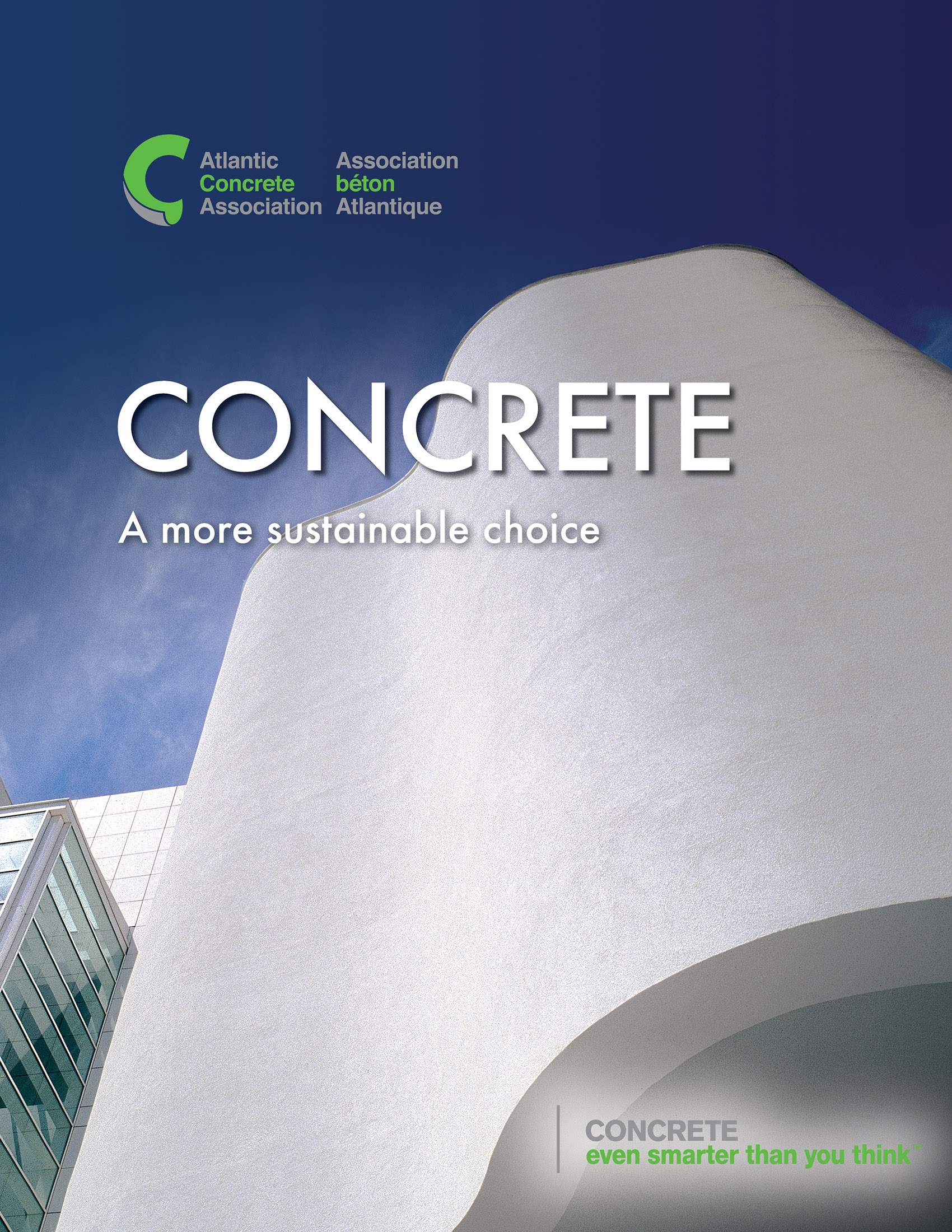Please Note: Concrete Atlantic is not responsible for content information
When you have a construction project and a substantial investment on the line, it’s easy to get caught up in the initial costs. Budgets are thin. Timing is tight. Using less expensive materials will actually cost you more in the long run! With concrete, you know what you build is going to to be secure from Day One. There’s simply nothing safer or stronger - and that’s worth the investment.
Energy efficiency - Concrete’s thermal mass properties can save 5% or more in annual energy costs compared to softwood lumber.
Durable and resilient - Concrete is one of the few materials that can outlast disasters like hurricane and tornadoes, but also stands up to manmade threats.
Stands the test of time - Concrete structures are designed to last for centuries. Unlike other materials, concrete gets stronger over time.
Sustainability - Concrete’s strength, durability and energy efficiency make it an environmentally friendly material - especially when you consider the entire life cycle of the building.
Simple to use - If a material isn’t easy to use, it doesn’t matter how strong it is. Concrete can be molded into any shape, size, or design.
Safe and strong - Building with concrete gives you a fire-resistant structure. When combined with other fire safety systems, you can exceed building requirements - instead of just meeting them.
Value that lasts - Concrete won’t rot, mold, rust or deteriorate. It can also resist insects. It’s energy efficient and virtually maintenance-free - which means the resources you invest now will last for decade to come.
DOING OUR PART TO REDUCE GHGS
Cement production enjoys a relatively small footprint on many environmental metrics, however, it is energy and CO2 intensive. While cement is only a small component of a typical concrete mix, the cement sector is nonetheless deeply committed to reducing its GHGs and has made significant investments to that end.
In the last twenty years, we have reduced the energy required to make a tonne of cement by about 20%. Today, we are focusing on bringing lower carbon cements to market through a variety of strategies:
- Our recently introduced lower carbon cement Contempra reduces CO2 emissions by 10% compared to regular cement. If Contempra were to replace all cement consumed in Canada, it would save almost 1MT of GHG emissions per year;
- Substituting traditional fossil fuels, including coal, with lower carbon alternatives has the potential to yield significant GHG reductions across Canada. In leading jurisdictions, some cement facilities have achieved carbon intensity reductions of over 50% in the fuels they use; and,
- We are making deep investments in potentially transformative technologies such as carbon capture and reuse to transform concrete into a “carbon sink”.


SUSTAINABLE CONCRETE!
Building our communities in the age of climate change
The weather was once the worry of only farmers and parents dressing children for school. Today, climate change makes front page and business headlines. Stories of recent natural disasters and their impact on our economies have heightened everyone’s concern − and rightly so.
A 2011 United Nations report on disaster risk reduction identified that losses from disasters are rising faster than gains made through economic growth across many regions.
In Canada, the National Roundtable on the Environment and the Economy (NRTEE) predicted that by 2020, climate change impacts could cost the Canadian economy up to 1% of Gross Domestic Product (GDP), or $5 billion per year. That cost could climb to $43 billion per year by 2050. If 2013 was any indication, these predictions appear accurate. According to the Insurance Bureau of Canada, 2013 was the most expensive year on record for insurable losses in Canada, with $3.2 billion in weather-related claims. The 2013 Calgary flood alone is estimated to have cost upwards of $6 billion, including non-insurable losses.
A 2012 report from the Insurance Bureau of Canada stated that “climate change is likely responsible for the rising frequency and severity of extreme weather events, such as floods, storms, droughts and fires since warmer temperatures tend to produce more violent weather patterns.”
The scientific research indicates that our climate will continue to change, with rising temperatures and sea levels, fluctuating rainfall and snowfall patterns, and more unpredictable extremes ranging from floods to droughts and freezing winters. The certainty of that reality has a direct impact on how we define and grapple with the concept of sustainability.
While sustainability is most commonly understood in terms of reducing the immediate impact of human activity on the environment, climate change and other environmental and social pressures are illustrating that sustainability is an even more complex goal as we search for solutions responsive to a dynamic and changing world. As we strive to reduce greenhouse gases (GHGs) for example, we must also prepare for a world of more uncertain weather extremes wrought by changes to our climate that are by now inevitable.



